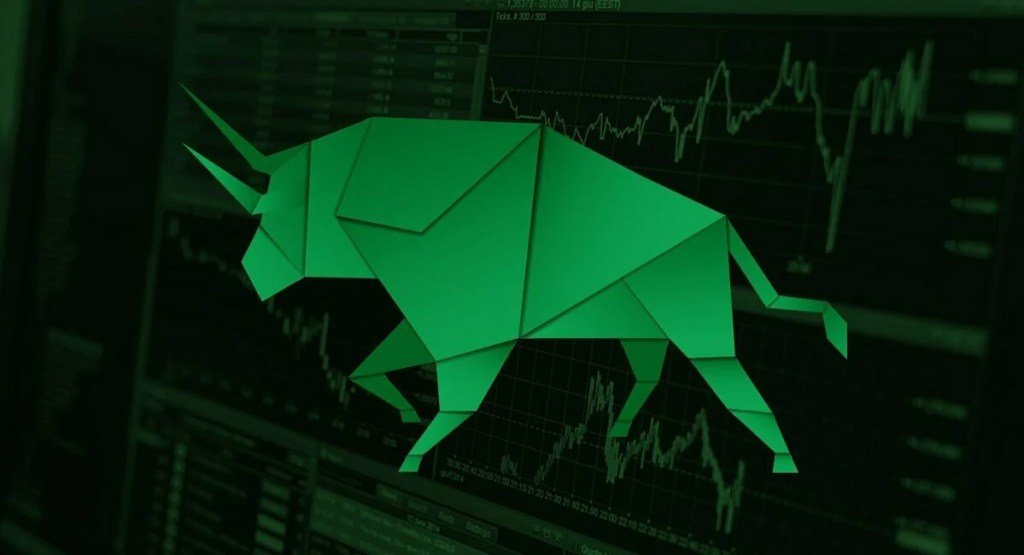The downward momentum in Bitcoin (BTC) price has been going on for a while. In this process, as Kriptokoin.com, we include BTC analysis in our articles. In certain time periods, analysts warn about the Bitcoin bull trap in their analysis and say that the rise experienced may be misleading. So what does this frequently encountered term bitcoin bull trap mean?
What is a bull trap in trading?
In trading, a bull trap is a situation where an investor buys an asset believing its price will continue to rise but sees it fall sharply after reaching a new high. Bull traps occur during times of market uncertainty or when misinformation about a particular asset is circulating. This is called a bull trap because wiser investors are led into believing that a declining asset is actually bullish. This false sense of security can lead to heavy losses. When a bull trap is suspected, investors should immediately exit the trade or go short.

Stop-loss orders can come in handy in these scenarios, especially if the market is moving fast, to avoid being swept away by emotions. As with many things in trading, identifying a bull trap can be difficult. However, the best way to avoid bull traps is to spot warning signs in advance, such as low volume breakouts.
How does a bull trap work?
Bull traps can have serious consequences for buyers during a perceived momentum reversal. Let’s say you are looking at the chart of a bearish asset. After a while, the price reaches a point where it starts to consolidate sideways in what is called the “range”. During this time, the bulls and bears are locked into battle as they try to push the price in opposite directions. The bulls are fighting to keep the price high while the bears try to push the price down to new lows.

At some point, there is a breakdown from the range as the bears gain and the price drops to a new low. However, when the downtrend looks like it’s about to continue, the bulls make a comeback and push the price back to its previous high. Many traders see this as a bullish reversal and start buying thinking that the downtrend is over. Unfortunately, this is usually just a temporary move and the price soon resumes its downtrend, leading to heavy losses for those who buy at or near the top.
What does Bitcoin bull trap mean in the crypto market?
Bull traps, also called “dead cat bounce”, are common in crypto due to quick recoveries. For example, if the price of an altcoin has been rising steadily for the past few days, you might believe it will continue to rise. You buy some and wait for the price to rise so you can sell it profitably. But the opposite happens and you find yourself stuck in a bearish position. You witness the downtrend and then expect a bullish reversal when you can buy the downtrend, thinking you bought the asset at a good price. This is how the trap manifests itself when the price pulls back and returns to the downtrend.
The role of psychology in Bitcoin bull traps
The bulls chase and last the higher bull conditions, which could be all well and good until the next bear market returns. When this happens, they can get caught in a bear trap where they can liquidate their position at a loss. Due to a one-sided mindset (definitely bear or bull), investors accustomed to trading in a bull market can fall into the trap of buying high and selling low. Experts recommend having a dual mindset to be successful in both bull and bear markets, as this yields more profits during long-term trends.

When this happens, they can get caught in a bear trap where they can liquidate their positions at a loss. Due to a one-sided mindset (definitely bear or bull), investors accustomed to trading in a bull market can fall into the trap of buying high and selling low. Experts recommend having a dual mindset to be successful in both bull and bear markets, as this allows for more profits to be made during long-term trends.
What are Bitcoin bull traps used for?
Bull traps are used by both day traders and long-term traders to take advantage of unsuspecting market participants. For day traders, a bull trap can be an opportunity to short the security as it bounces back to the previous high. The price will then continue its downtrend and provide profits for investors. For long-term investors, a bull trap can be an opportunity to buy the security at a lower price as it falls back after the rally. They can then maintain safety for the next uptrend.
What causes a bull trap?
Many factors cause a bull trap, and one of the most common is the absence of buying volume in the rally to the previous high. Weak buying volume is an indication that there is not much interest in the security at a given low price and the bulls are not strong enough to push the price up. Another common cause of bull traps is a false breakout from a consolidation pattern. The price breaks out of an upside range, but then quickly falls back and resumes the downtrend.

How to understand and define Bitcoin bull trap?
Here are some telling indicators of the Bitcoin bull trap:
- RSI divergence
- Lack of increase in volume
- No Acceleration
- Lack of trend break
- Retesting the resistance level
- Suspiciously large bullish candles
- Creating a range







